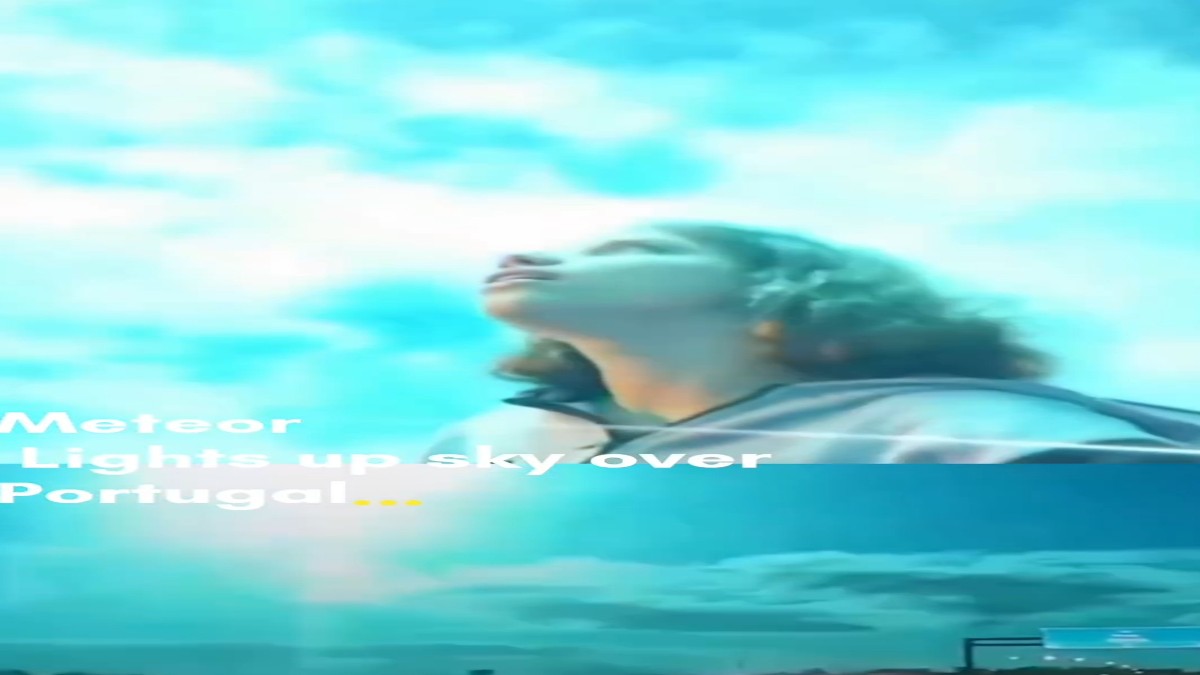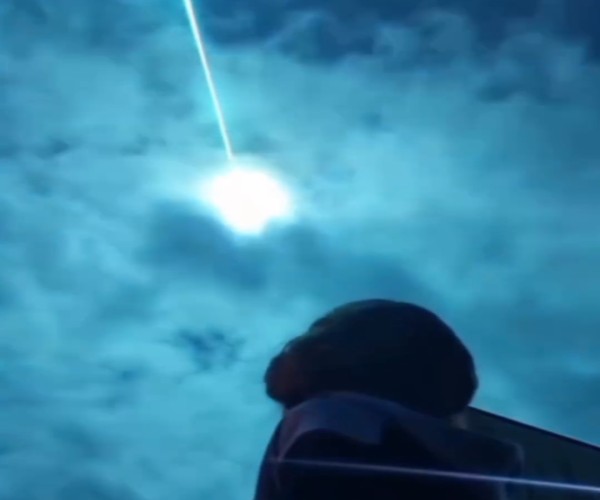
Blue Meteor
Blue Meteor, in recent years, Portugal has become a prime location for witnessing some of the most spectacular blue meteor showers, captivating skywatchers and astrophotographers alike. Notably, the Perseid and Geminid meteor showers have provided breathtaking celestial displays that continue to draw enthusiasts from around the world.
Perseid Meteor Shower
The Perseid meteor shower, peaking in mid-August, is renowned for its bright and frequent meteors. In 2021, astrophotographer Miguel Claro captured stunning footage of the Perseids over Portugal’s Dark Sky Alqueva Reserve, a location famed for its minimal light pollution and clear skies. This video, offering a 360-degree virtual reality experience, showcases meteors streaking across the sky, creating an immersive and mesmerizing view.
Geminid Meteor Shower
The Geminid meteor shower, peaking in mid-December, is celebrated for its vibrant and colorful meteors, often displaying blue and green hues. In December 2023, observers in Portugal reported an impressive frequency of up to 120 meteors per hour. This display was particularly noted for its bright fireballs originating from the asteroid 3200 Phaethon, creating a dazzling spectacle in the night sky.

Unforgettable Fireball Event
One of the most memorable recent events occurred in December 2023, when a bright fireball meteor was seen over various parts of Europe, including Portugal. The fireball was so intense that it briefly illuminated the night sky as if it were daytime. This extraordinary event, captured in multiple videos, showcased the stunning visual effects of meteors as they entered the Earth’s atmosphere and disintegrated into vibrant colors.
Optimal Viewing Locations
For the best viewing experience, dark and clear locations like the Dark Sky Alqueva Reserve are ideal. These areas, with minimal light interference, allow the full beauty of these meteor showers to be appreciated. Videos from these events often highlight the meteors blazing across the Milky Way, providing unforgettable visual experiences
These meteor showers not only offer spectacular skywatching opportunities but also connect observers with the broader wonders of the cosmos, making Portugal a prime destination for astrophotography and celestial observation.
Meteor showers are captivating celestial events, with some of the best known for their spectacular displays of color and light. Among these, the Perseids, Quadrantids, and Geminids stand out for their intensity and visibility. Here are some details about these meteor showers and where to find stunning videos of them.
Perseids
The Perseids are perhaps the most famous meteor shower, often referred to as the best of the year. Occurring annually in August, they are known for their bright meteors and occasional fireballs, leaving behind long, luminous trails. The Perseids originate from the debris of Comet Swift-Tuttle and peak around August 12-13. For optimal viewing, find a dark spot away from city lights and watch from late night until dawn. You can find mesmerizing time-lapse videos of the Perseids on platforms like YouTube and astronomy websites like Space.com.
Quadrantids
The Quadrantids are a January meteor shower that offers a short but intense peak, usually around January 3-4. They can produce over 100 meteors per hour under ideal conditions, though typically fewer are visible due to their brief peak period. The meteors are known for their blue and green hues, adding to their visual appeal. Videos capturing the Quadrantids’ peak can be found on NASA’s website and various skywatching channels on YouTube.
Geminids
The Geminids, peaking in mid-December, are considered one of the best and most reliable meteor showers. Unlike most meteor showers, which originate from comets, the Geminids are debris from an asteroid named 3200 Phaethon. This shower is known for its bright, multicolored meteors, including blue ones. The Geminids can produce up to 120 meteors per hour. Live streams and recorded videos of the Geminids are often hosted by the Slooh network and the Virtual Telescope Project, making them accessible to viewers worldwide.
For a collection of high-quality videos and live streams of these meteor showers, you can visit space-related websites such as Space.com, Time and Date, and the official NASA website. These platforms often feature time-lapse videos and live broadcasts of major meteor showers, ensuring you don’t miss the celestial spectacle even if you can’t view it in person.




